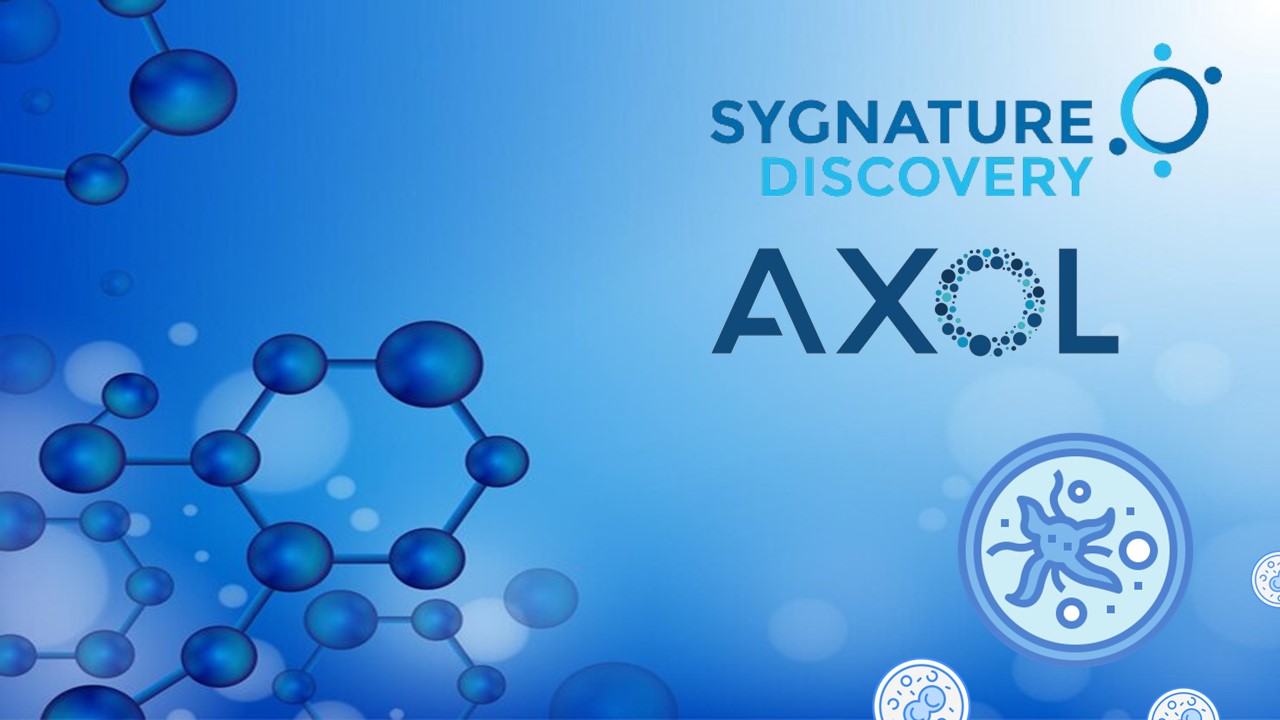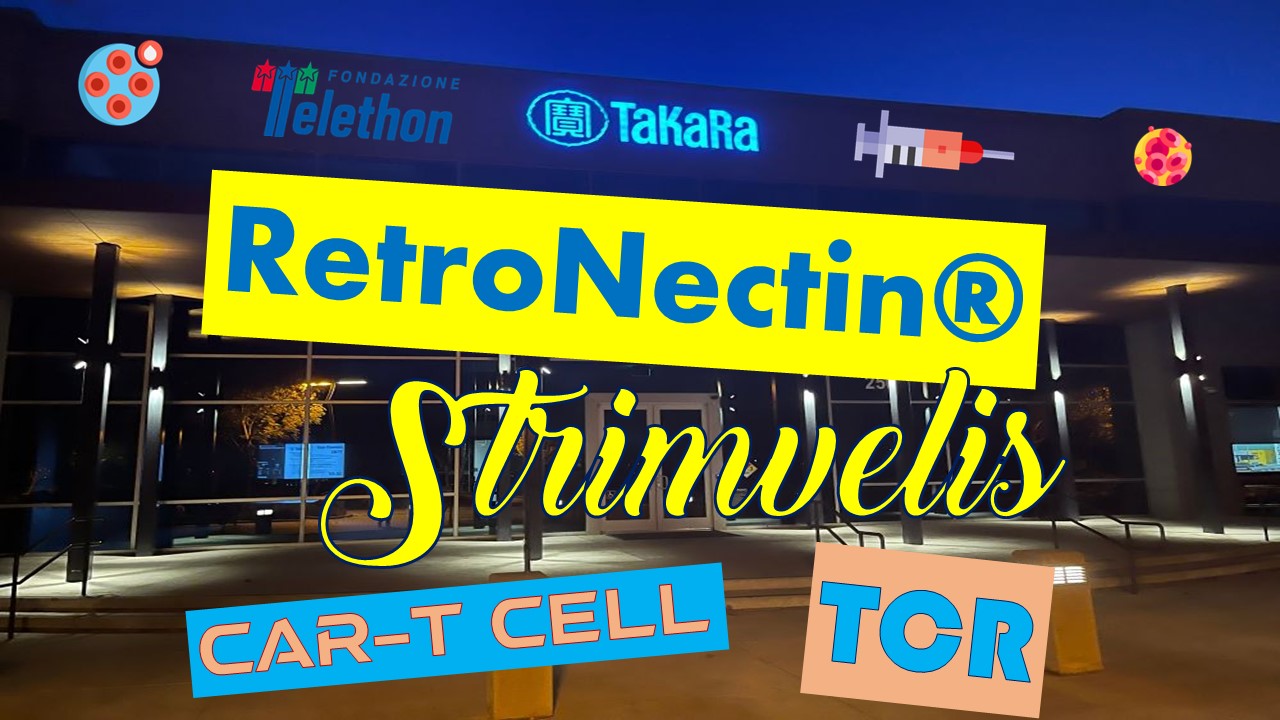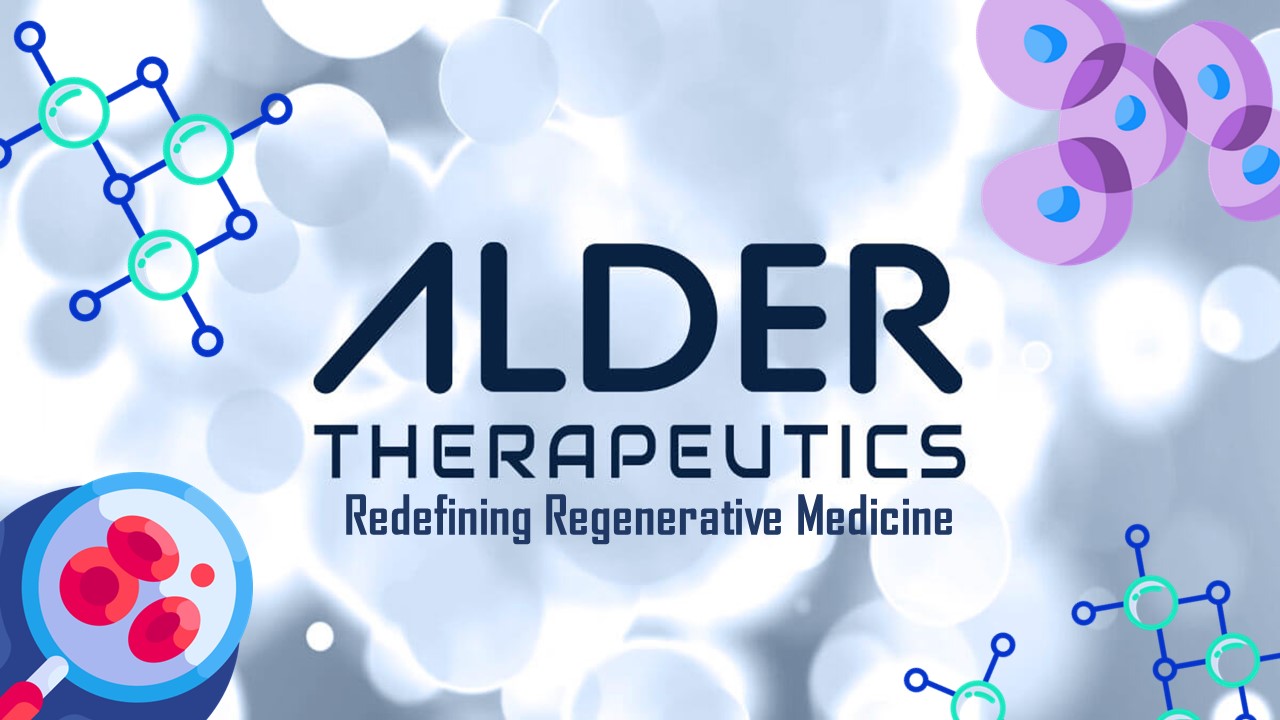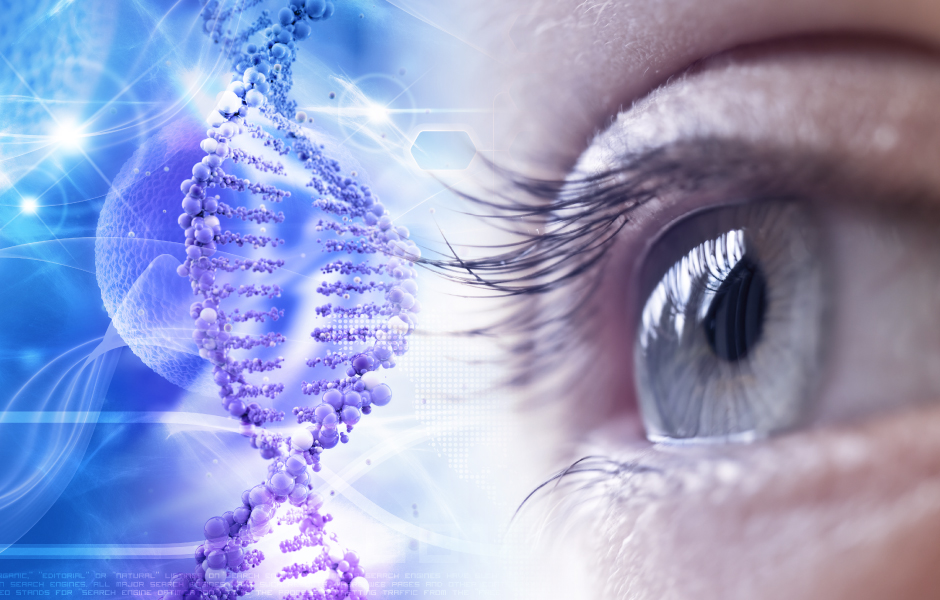Cell and gene therapies have emerged as transformative medicines with the potential to revolutionize the treatment of complex diseases. From rare genetic disorders to cancer and neurodegenerative conditions, these therapies offer highly personalized approaches to patient care. With millions of people worldwide affected by rare diseases and the need for more effective cancer treatments, the demand for cell and gene therapies continues to grow. However, the manufacturing process and administration of these therapies present unique challenges that require innovative solutions. In this article, we explore the world of cell and gene therapy manufacturing and its pivotal role in advancing medical breakthroughs.
The Promise of Cell and Gene Therapies
Cell therapies and gene therapies represent two distinct but complementary approaches in the field of regenerative medicine. Cell therapies involve the transplantation of cells into a patient’s body, either obtained from the patient themselves (autologous) or from a donor (allogeneic). These cells are modified to enhance their therapeutic properties and provide targeted treatments for various diseases.
In cell therapies, the transplanted cells can serve multiple functions. They can replace damaged or dysfunctional cells in the body, restore tissue function, or stimulate the body’s natural healing processes. For example, in the treatment of neurodegenerative disorders like Parkinson’s disease, stem cells can be transplanted into the patient’s brain to replace the lost dopamine-producing cells. In the case of cancer, immune cells can be engineered to specifically recognize and destroy cancer cells, boosting the body’s immune response.
On the other hand, gene therapies focus on the use of genetic materials to target and modify patient cells. This involves introducing therapeutic genes or altering existing genes within the patient’s cells to correct genetic defects or enhance desired functions. Gene therapies can be used to treat inherited diseases caused by single gene mutations, such as cystic fibrosis or muscular dystrophy. They can also be applied to acquired diseases, including certain types of cancers, by modifying the patient’s own cells to enhance their ability to recognize and eliminate tumor cells.
The power of cell and gene therapies lies in their ability to provide highly personalized treatments. By modifying cells or genetic materials to address the specific needs of each patient, these therapies have the potential to overcome the limitations of conventional treatments. They offer hope for diseases that have been historically challenging to treat and have shown promising results in clinical trials.
The Manufacturing Process
Manufacturing cell and gene therapies is a complex and highly regulated process that demands meticulous attention to detail and strict adherence to stringent quality and safety standards. The goal is to produce therapies that are safe, effective, and consistent in their therapeutic outcomes.
The manufacturing process for cell and gene therapies involves a series of well-defined unit operations. These operations are carefully designed to handle the cells or genetic materials, modify them as required, and prepare them for administration to patients. Each step of the process requires precise execution and control to maintain the desired characteristics of the therapeutic product.
The process begins with cell isolation, where cells are obtained from the patient or a donor. The isolated cells must be handled with care to ensure their viability and functionality. Subsequently, the cells may undergo activation, a step that prepares them for further processing or modification.
Gene modification is a critical stage in the manufacturing process of gene therapies. This involves introducing therapeutic genes or modifying existing genes within the cells to achieve the desired therapeutic effect. The choice of gene delivery methods, such as viral vectors or non-viral techniques, must be carefully evaluated to ensure efficient and precise gene transfer.
Once the cells or genetic materials have been modified, they undergo expansion, where they are cultured and propagated in large numbers. This step is essential to generate sufficient quantities of the therapeutic product. The culture conditions, such as nutrient supply, oxygen levels, and temperature, must be carefully controlled to support optimal cell growth and maintain their desired characteristics.
After expansion, the cells or genetic materials undergo processing, which may include additional purification steps, formulation, and final product filling. These steps aim to remove impurities, concentrate the therapeutic cells or genetic materials, and ensure product stability and sterility.
Throughout the manufacturing process, analytical methods and quality control measures are employed to assess the safety, quality, and potency of the therapeutic product. These methods may include cell viability assays, genetic analysis, purity assessments, and characterization of the final product’s identity and functionality.
The choice of technologies and analytical methods is crucial in ensuring the safety, quality, and efficacy of cell and gene therapies. Advanced technologies, such as automated bioreactors and robotics, can improve process robustness, scalability, and efficiency. Process analytical technologies enable real-time monitoring and control of critical parameters, ensuring consistent product quality.
Moreover, adherence to strict regulatory guidelines and good manufacturing practices (GMP) is essential throughout the manufacturing process. These guidelines ensure that the therapies are produced in a controlled environment, with appropriate documentation, quality control, and traceability measures in place.
Autologous and Allogeneic Therapies
Cell and gene therapies can be classified into two main categories: autologous and allogeneic therapies. The classification is based on the source of cells used in the therapy, either sourced from the patient themselves (autologous) or from a donor (allogeneic).
Autologous therapies involve the use of a patient’s own cells for therapeutic purposes. The process typically starts by isolating cells from the patient’s body, such as blood, skin, or other tissues. These cells are then modified or manipulated outside the body to enhance their therapeutic properties. The modified cells are expanded in number to generate a sufficient quantity of cells for treatment. Finally, the modified cells are administered back to the same patient. Autologous therapies offer the advantage of personalized treatment as they utilize cells that are genetically compatible with the patient, minimizing the risk of rejection.
Allogeneic therapies, on the other hand, use cells sourced from a donor, which may be a healthy individual or a cell bank. These cells undergo similar processes of modification and expansion to enhance their therapeutic capabilities. Allogeneic therapies provide the advantage of readily available and off-the-shelf treatments, as the cells can be prepared in advance and used for multiple patients. However, the challenge lies in finding suitable donors, ensuring compatibility, and addressing potential immune reactions.
The classification of autologous and allogeneic therapies has several implications and considerations. In autologous therapies, the timing of administration is critical since the patient’s cells need to be harvested, modified, and re-infused. This can introduce logistical challenges and may require close coordination between the manufacturing facility and the treatment center. The process needs to be completed within a certain timeframe to maintain the viability and functionality of the cells.
For both autologous and allogeneic therapies, proper cold chain management is crucial. The cells or gene-modified materials are often sensitive to temperature variations and must be stored and transported under controlled conditions. This includes maintaining the required temperature range to preserve the viability and potency of the cells. Cold chain logistics and specialized storage facilities are essential to ensure the integrity of the therapies during transportation and storage.
Innovative Technologies Driving Manufacturing Advancements
The cell and gene therapy industry is constantly striving to meet the increasing demand for these transformative treatments and improve their accessibility to patients. To achieve this, the industry is leveraging innovative technologies that enhance manufacturing processes, improve efficiency, and reduce costs.
Automation and robotics have emerged as key technologies in cell and gene therapy manufacturing. By implementing automated systems and robotic platforms, manufacturers can achieve greater process control, reproducibility, and scalability. These technologies can handle complex and repetitive tasks with precision and accuracy, reducing the risk of human error. Automation also minimizes labor costs, increases throughput, and enhances overall manufacturing efficiency. By streamlining the manufacturing process, automation enables the production of larger quantities of high-quality therapies in a more efficient manner.
Advanced analytics, such as process analytical technology (PAT), play a crucial role in ensuring the quality and consistency of cell and gene therapies. PAT involves the real-time monitoring and control of critical parameters during the manufacturing process. By integrating sensors, data analysis tools, and control systems, manufacturers can continuously monitor key process variables and make adjustments in real-time. This enables proactive quality assurance and process optimization, leading to improved product quality, reduced variability, and enhanced efficiency.
Another exciting area of development in the field of cell and gene therapies is the utilization of exosome-based applications. Exosomes are small vesicles released by cells that contain a diverse array of molecules, including DNA, RNA, proteins, and lipids. These vesicles have shown the potential in delivering therapeutic impacts for various diseases. They can be engineered to carry specific molecules or therapeutic payloads, making them ideal vehicles for targeted therapy. Exosome-based applications have shown promise in treating diseases such as cancers, neurodegenerative disorders, cardiovascular diseases, and orthopedic conditions. Ongoing research and development in this area are focused on optimizing exosome production, characterization, and delivery methods to unlock their full therapeutic potential.
The Road to Commercialization
As cell and gene therapies progress toward commercialization, several key factors need to be addressed to ensure their widespread accessibility and success. These factors include process robustness, analytics, and cost of goods.
Process robustness is of paramount importance in commercial manufacturing. It involves developing a robust and reliable manufacturing process that consistently delivers high-quality therapies. To achieve this, manufacturers need to carefully design and optimize each unit operation, implement rigorous quality control measures, and establish standard operating procedures. Process robustness ensures that therapies are produced consistently, meeting safety, efficacy, and quality requirements. It also helps to minimize process variability and ensure reproducibility across different manufacturing batches.
Analytics play a crucial role in commercialization efforts. Advanced analytical methods and tools are necessary for process monitoring, quality control, and product characterization. Robust analytics enable real-time monitoring of critical process parameters, rapid detection of deviations or anomalies, and effective decision-making to ensure the quality and safety of therapies. Additionally, analytics help optimize manufacturing processes, identify areas for improvement, and facilitate continuous process improvement efforts.
The cost of goods is a significant consideration in commercializing cell and gene therapies. The complex nature of these therapies and their personalized approach can result in high production costs. To make these therapies widely accessible, it is essential to explore innovative manufacturing technologies and strategies that can reduce costs without compromising quality and safety. This may involve streamlining manufacturing processes, implementing automation and robotics, optimizing supply chain logistics, and leveraging economies of scale. Cost reduction efforts are crucial to make cell and gene therapies more affordable and available to a larger number of patients.
Collaboration among industry stakeholders is vital for successful commercialization. This includes collaborations between manufacturers, regulatory agencies, healthcare providers, and academic institutions. By working together, stakeholders can share knowledge, expertise, and resources, leading to more efficient development and commercialization processes. Collaboration also fosters a supportive environment for addressing regulatory challenges, ensuring compliance, and promoting continuous improvement.
Talent development is another critical aspect of successful commercialization. The field of cell and gene therapies requires skilled professionals who can navigate the complexities of manufacturing processes, regulatory requirements, and emerging technologies. Investing in talent development through training programs, educational initiatives, and partnerships with academic institutions helps build a competent workforce capable of driving the commercialization of these therapies forward.
Incorporating innovative manufacturing technologies is essential for the successful commercialization of cell and gene therapies. The industry needs to embrace novel approaches, such as automation, robotics, advanced analytics, and advanced manufacturing platforms, to enhance process efficiency, reduce costs, and ensure product quality. By adopting these technologies, manufacturers can improve productivity, scalability, and overall manufacturing performance, ultimately making therapies more accessible to patients.
Looking Ahead
The field of cell and gene therapy manufacturing is continually evolving, fueled by technological advancements and an increasing comprehension of complex diseases. These therapies hold great promise in revolutionizing the future of healthcare. Automation, analytics, and exosome-based applications are areas of ongoing exploration and development.
As cell and gene therapies reach more patients and become a standard of care, they have the potential to transform the future of healthcare. These therapies offer personalized treatments that address the underlying causes of diseases, rather than just managing symptoms. By targeting specific genetic abnormalities or utilizing the body’s own cells for therapeutic purposes, cell and gene therapies can provide long-lasting or even curative effects. They have the potential to significantly improve patient outcomes and quality of life.
Furthermore, as manufacturing processes become more efficient, scalable, and cost-effective, cell and gene therapies can become more accessible to a larger patient population. The ongoing advancements in technology and the growing understanding of disease mechanisms drive the progress in manufacturing, enabling the production of high-quality therapies on a larger scale.
Transforming Lives
Cell and gene therapy manufacturing plays a pivotal role in bringing life-saving treatments to patients suffering from challenging diseases. Through the integration of innovative technologies, process optimization, and a commitment to quality, the industry strives to make these therapies more accessible and effective. As we navigate the complexities of manufacturing, we are paving the way for groundbreaking medical breakthroughs that have the potential to transform countless lives.
Subscribe
to get our
LATEST NEWS
Related Posts

Featured
Sygnature Discovery Teams Up with Axol Bioscience to Unleash Human iPSCs’ Power
Sygnature Discovery partners with Axol Bioscience to explore hiPSC-derived microglia for antineurodegenerative drug discovery.

Cell & Gene Therapy
Telethon, Licensed to Leverage Takara Bio’s RetroNectin®
Takara Bio collaborates with Fondazione Telethon ETS in a RetroNectin® license agreement.
Read More Articles
Synthetic Chemistry’s Potential in Deciphering Antimicrobial Peptides
The saga of antimicrobial peptides unfolds as a testament to scientific ingenuity and therapeutic resilience.












